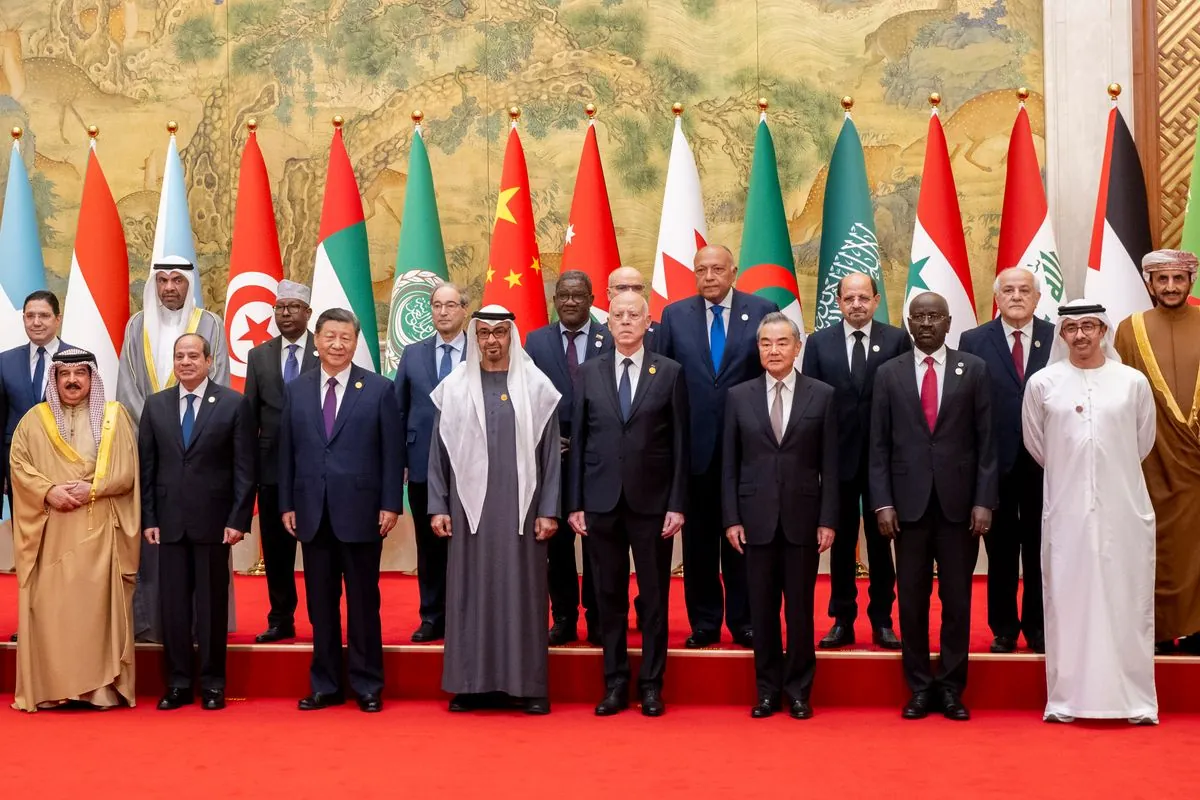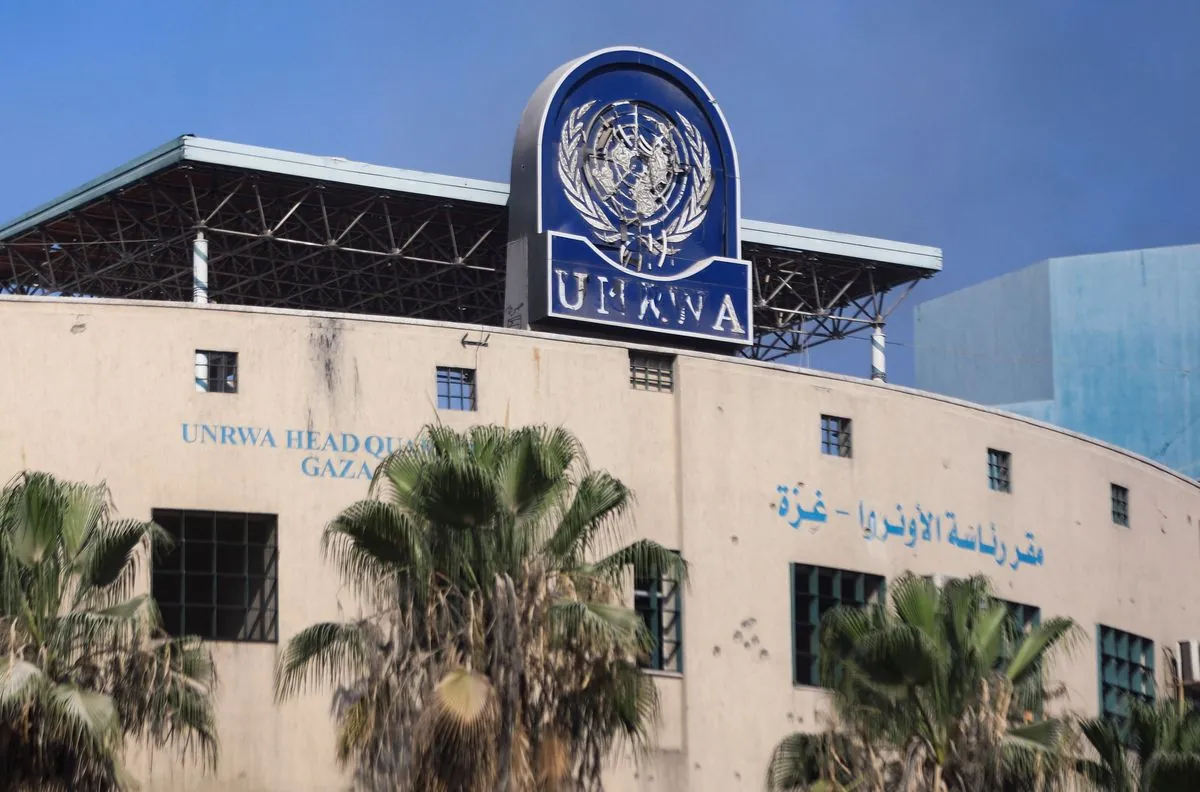NYC's Massive Scale: Challenges and Corruption in America's Largest City
New York City's immense population and complex governance face scrutiny as Mayor Eric Adams is indicted. The city's scale, comparable to nations, presents unique challenges in management and political integrity.
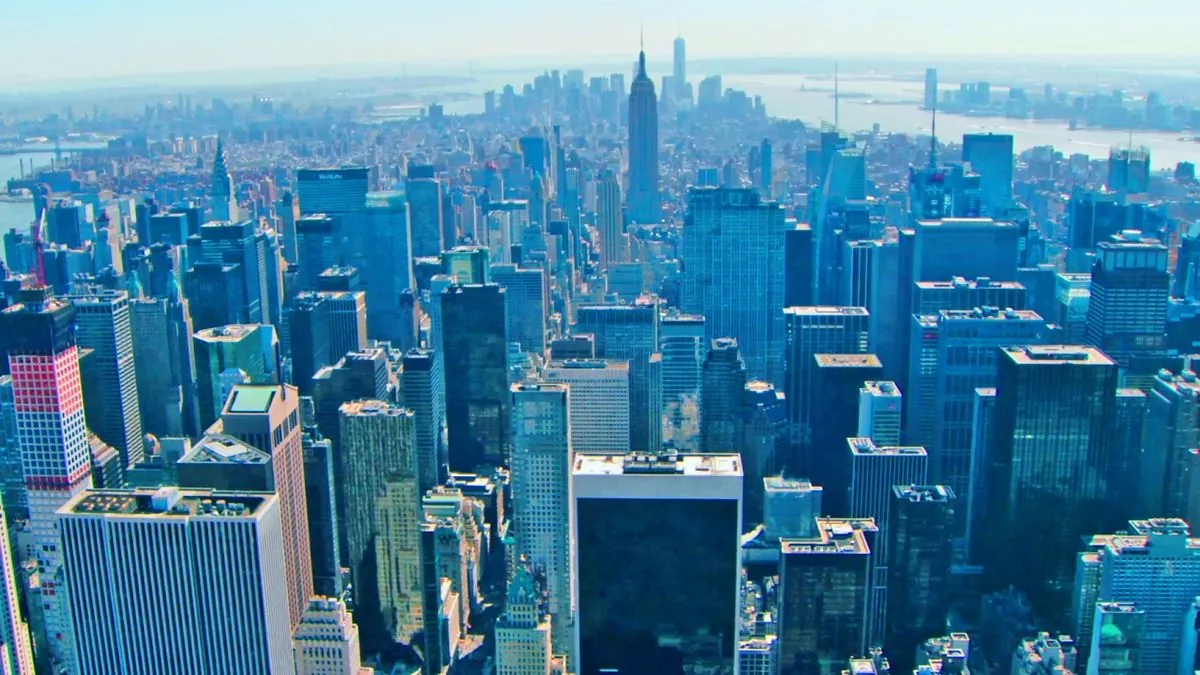
New York City, a metropolis of staggering proportions, continues to astound even its long-time residents. Recent Census Bureau estimates place the city's population at approximately 8.8 million, meaning one in every 38 U.S. residents calls the Big Apple home. This figure encompasses only the five boroughs, excluding the broader metropolitan area.
To put this into perspective, if New York City were a country, it would rank as the world's 103rd largest, surpassing nations like Switzerland, Denmark, and Finland. As a state, it would be the 12th most populous, exceeding Virginia, Washington, and Arizona. The city's population surpasses that of entire countries such as Laos, Hong Kong, and Bulgaria.
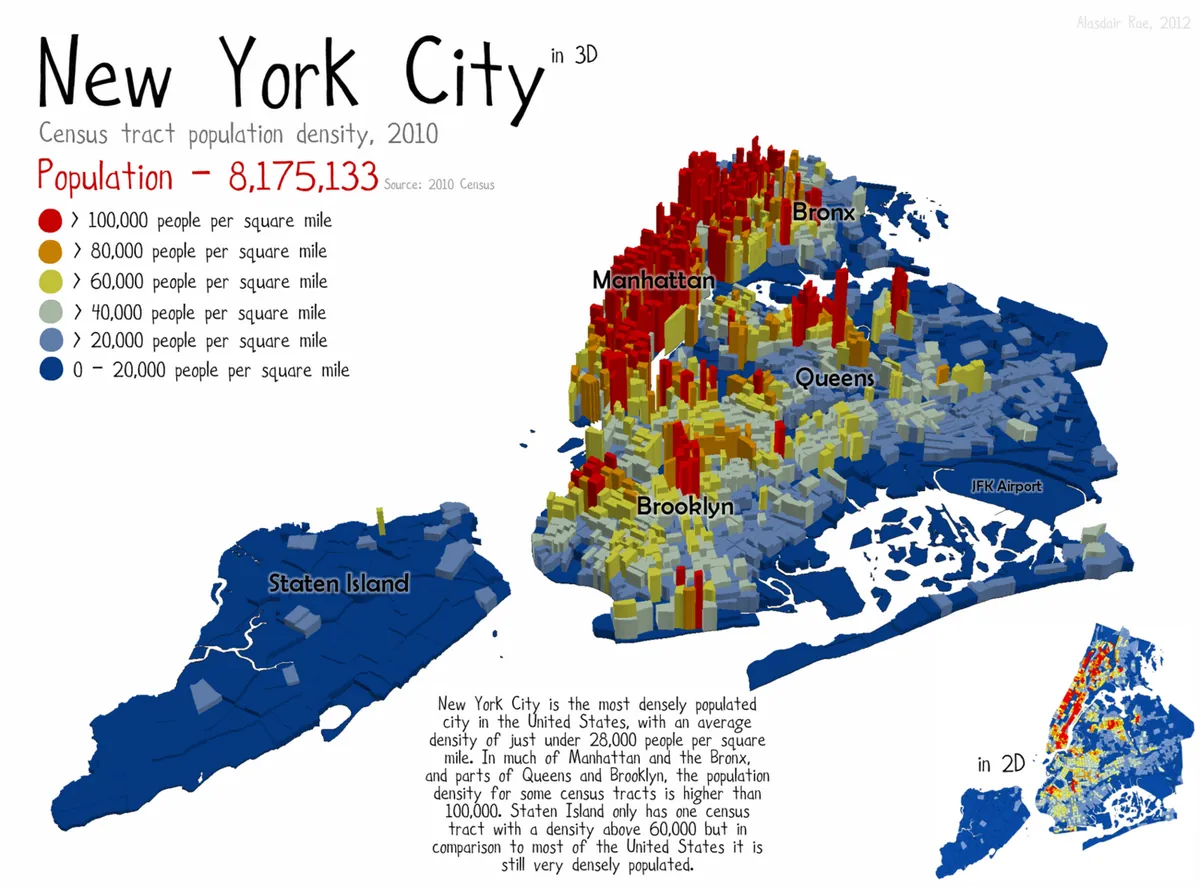
New York City's government is a behemoth in its own right, employing over 330,000 people. This workforce exceeds the state government employees of all but two states: California and Texas. Remarkably, NYC's government staff outnumbers that of New York State itself and surpasses the combined government workforces of 12 other states.
At the helm of this vast urban expanse and its extensive workforce is Mayor Eric Adams. However, his leadership has come under intense scrutiny. On September 26, 2024, federal prosecutors unveiled a multi-count indictment against Adams, alleging bribery and wire fraud. This development, while shocking, didn't come as a complete surprise given previous investigations into officials associated with Adams and questions surrounding his personal conduct.
The city's recent mayoral history has been tumultuous. Rudy Giuliani, once a respected figure, saw his reputation tarnished by his association with former president Donald Trump and promotion of election misinformation. Coincidentally, on the same day as Adams' indictment, the D.C. Court of Appeals upheld Giuliani's disbarment.
Mike Bloomberg, who served from 2002 to 2013, is often regarded as the most successful recent mayor, though his 2020 presidential bid failed to gain traction. His successor, Bill de Blasio, faced mockery but avoided federal indictments during his 2014-2021 tenure.
"Managing a city of this scale and complexity is a Herculean task, requiring not just administrative skill but a deep understanding of the diverse needs of our 8.8 million residents."
The sheer scale of New York City presents unique challenges for its leaders. With a land area just 0.5% the size of Arizona but housing 20% more people, the city's vertical expansion includes skyscrapers soaring over 1,700 feet and extensive underground infrastructure. This density and complexity make even seemingly simple tasks, like introducing closed garbage cans, significant achievements.
New York City's political landscape is notoriously complex and often marred by corruption. The city's size and population density have led to the formation of political fiefdoms, where local influence can be traded for votes. The high cost of media coverage in the city makes grassroots campaigning crucial, sometimes leading to questionable practices in voter outreach and campaign financing.
The city's rich history and diverse population contribute to its unique character. Founded as New Amsterdam in 1624, New York City has grown into a global hub of culture, finance, and innovation. It boasts over 3 million foreign-born residents and is home to more than 800 spoken languages, making it the world's most linguistically diverse city.
New York's infrastructure is as impressive as its population. The city's subway system, one of the world's oldest and most extensive, serves millions daily. Central Park, larger than the principality of Monaco, provides a green oasis amidst the urban landscape. The city's water supply system delivers over a billion gallons daily, supporting its massive population and countless businesses.
As the financial capital of the world, New York City houses Wall Street and the New York Stock Exchange, the world's largest by market capitalization. The city's cultural significance is equally notable, with over 100 museums, 41 Broadway theaters, and iconic landmarks like the Statue of Liberty and Times Square.
Despite its challenges, New York City remains a beacon of opportunity and diversity. Its ability to adapt and evolve, from its days as the U.S. capital in the late 18th century to its current status as a global megacity, is a testament to its resilience. However, the recent indictment of Mayor Adams serves as a stark reminder of the ongoing struggles with corruption and the immense responsibility of governing America's largest city.
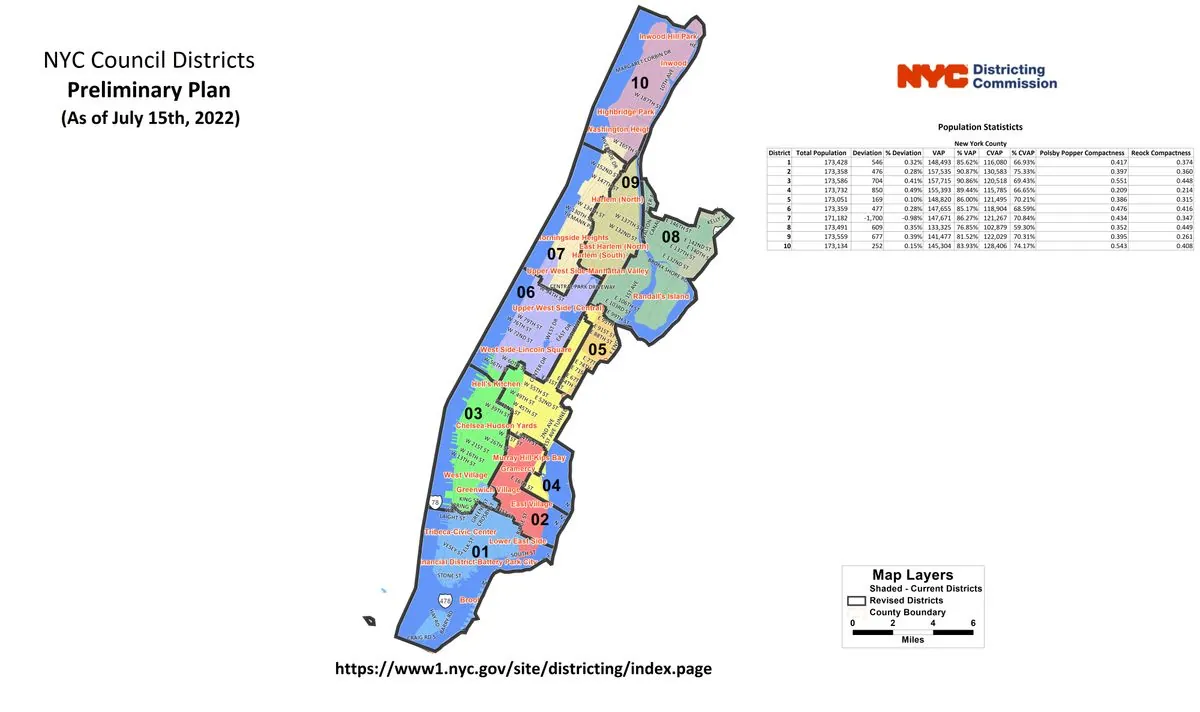
As New York City faces this latest political turmoil, the question remains: Can a city of such immense scale and complexity ever be governed without succumbing to the pitfalls of corruption and mismanagement? The answer may lie in the very diversity and resilience that have defined New York throughout its history.






























